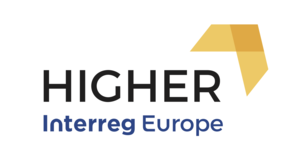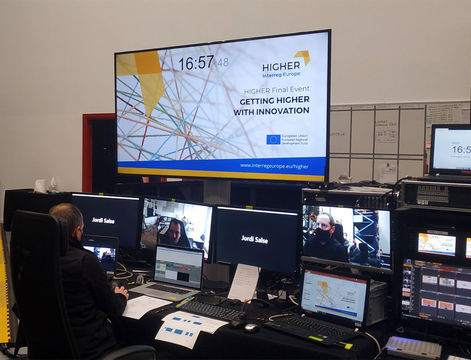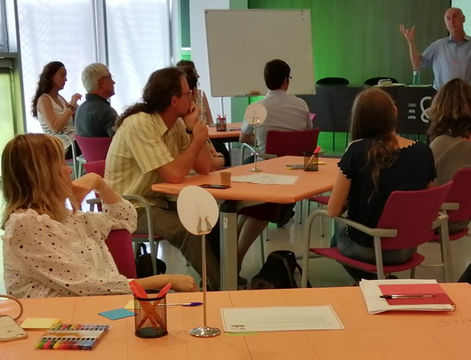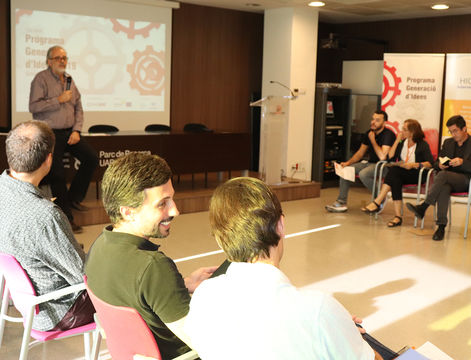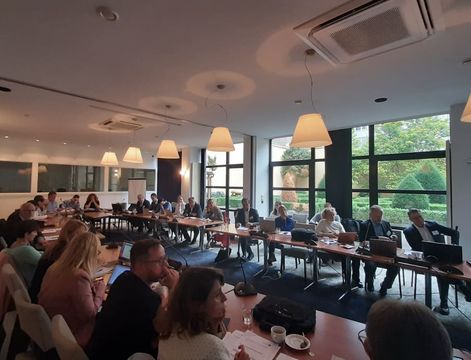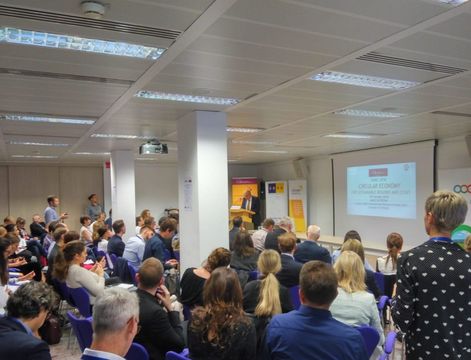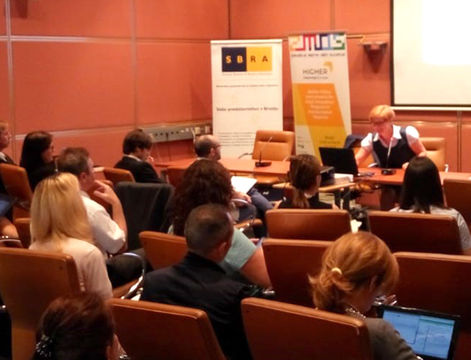UAB Research Park propose an action plan oriented to increase the presence of social challenges and social innovation in the Communities policy instrument through the use of the 4H model in the RIS3 design and implementation.
RIS3CAT Communities are an essential and innovative element when combining both thenecessity of the RIS3 implementation and the development of the Entrepreneurial Discovery Process (EDP). In order to achieve a real transformation of the economic sectors in Catalonia, it is necessary to join efforts from many different stakeholders, usually with very different perspectives: companies, business associations, cluster organisations, universities, research centres, technology centres, foundations and institutions linked to R&I, or the public as users, consumers and citizens.
In order to form a RIS3CAT community, at least eight members are required, including stakeholders from the private sector and R&I system. These associations are powerful but complex structures and governance is key for the successful development of the Communities and their projects. The coordination for the implementation of the projects of very different kinds of partners is critical and difficult, especially regarding the involvement of the civil society as the 4 Helix approach advocates to. That is a key aspect that should be improved and further developed into the governance structure of the Communities. The implication of the civil society is envisaged as an opportunity to improve the instrument and to align it with the new developments in the RIS3CAT implementation.
In this sense, UAB Research Park proposed an action called Innovativion Camp initiative, developed with one of the existing RIS3CAT Communities in the policy instrument, the “INNOAPAT” Community, in order to better connect the instrument with the social agents and general public and test the feasibility of the 4H approach inside the instrument.
In short, UAB Research Park organized a program to address the challenges of smart food, involving the society, the research community, industry and administration, following the innovation model of the quadruple helix.
The initiative included a laboratory of ideas, an entrepreneurship program and a final stage of prototype and validation of the solutions at the UAB Open Labs, the network of open innovation spaces of the University. Right now, the Program is underway and UAB Research Park is monitoring its implementation.
So the aim is to test the methodology within the Communities framework in order to improve the use of the 4H development and governance model in the policy instrument as well as improving the presence of the ‘social Action Plan Catalonia 10 dimension’ in the innovation projects developed within each Community of the instrument. This will improve the performance of the instrument as well as aligning it with the next phase of the RIS3 implementation, as the European Commission proposes.
